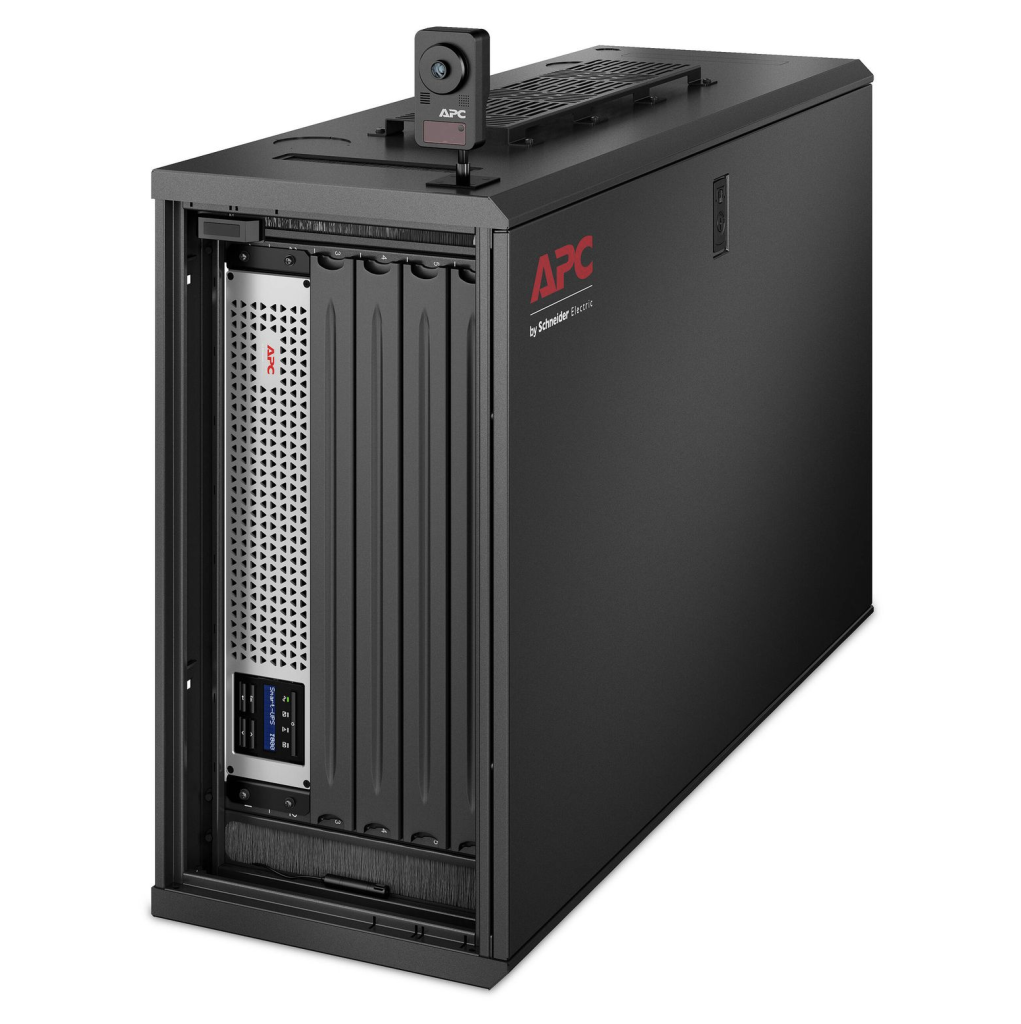- About Us
- Data Centre Services
- Service & Maintenance
- Products
- UNINTERRUPTIBLE POWER SUPPLIES
- Small Single Phase UPS
- Rack Mount UPS
- Three Phase UPS
- Modular UPS
- Central Battery Systems
- UPS Maintenance Bypass Switches
- Backup Generators
- Network & Server Racks
- RACK POWER DISTRIBUTION (PDU)
- Data Centre Cooling
- Netbotz Environmental Monitoring
- EcostruXure IT Software
- FIRE SUPPRESSION SYSTEMS
- Brands
- News
- Contact Us
Edge Computing in Education, Retail and Healthcare: What They Often Get Wrong
As edge computing continues to reshape the world of IT, industries like education, retail and healthcare are embracing the concept with high expectations: faster data access, reduced latency and better user experiences.
But while the edge promises a lot, it also demands a rethink in infrastructure strategy.
At Source UPS, we’ve worked on edge deployments across these sectors for years, and we’ve seen some common (and costly) missteps. Let’s break down the top mistakes we see in education, retail and healthcare, and how to avoid them.

- Underestimating Power Protection
If there’s one thing almost every industry gets wrong at the edge, it’s power.
Edge computing sites, whether at classrooms, hospital wards or shop floors, often rely on repurposed power setups. We frequently see sites trying to run critical edge workloads on a basic plug-and-play UPS unit designed for desktop PCs.
This is a massive risk.
In traditional data centres, power is robust, redundant and professionally managed. At the edge, it’s often left as an afterthought. One power blip in a branch office or a surge in an old school building can knock out services entirely. And if that edge system is handling access control, medical records or transaction processing, the impact is immediate and painful.
The answer? Choose UPS systems designed for edge use. These systems need to be reliable, compact, remotely manageable and properly sized for the load. Source UPS offers pre-integrated micro data centre solutions that factor this in from the start. Our solutions are rack-mounted or enclosed UPS setups that maintain uptime without compromise.
- Assuming One Size Fits All
Retail, education and healthcare environments vary a great deal Yet too often, edge infrastructure solutions are rolled out using a copy-paste approach.
For example:
A retail chain might try to install the same comms rack in every store, regardless of space constraints or cooling requirements.
A school might use office-style equipment in a dusty server cupboard with no airflow.
A clinic may place network gear in a patient-accessible room with no physical security in place.
Edge computing requires context-aware infrastructure. What works in a temperature-controlled data centre won’t work next to a stockroom freezer or in a noisy primary school hallway.
At Source UPS, we assess each site individually and build bespoke solutions that match the location’s real-world needs, not just a spec sheet.
- Skipping Environmental Controls
This one’s huge, especially in schools and small healthcare locations. Edge equipment is sensitive: it doesn’t like temperature swings, dust, moisture or physical interference.
Yet we regularly see critical servers and UPS units placed in:
- Unventilated cupboards
- Corridors with public access
- Cupboards that double as cleaning stores
- Roof spaces with no cooling
When edge infrastructure fails, people usually blame the equipment. But more often, the real cause is environmental neglect.
Choose micro data centre enclosures that include integrated cooling, filtration, and physical security. These solutions are specifically designed to create a controlled environment where none exists — perfect for older school buildings, cramped clinics or retail backrooms.
- Not Considering Remote Management
One of the big promises of edge computing is distributed power, but that also means distributed responsibility. If you’ve got 50 schools or 200 stores, you can’t have IT staff on-site at every one.
Still, we see organisations installing edge hardware without remote monitoring tools in place. So when something fails, nobody knows until someone on-site spots the problem, by which time you’ve lost data or service availability.
Always include remote management and monitoring in your edge architecture. All Source UPS edge solutions include this as standard, whether it’s UPS status alerts, environmental monitoring, or access control logs. It means your central IT team can spot and fix issues fast, without needing a technician on the road.
- Treating Edge as an Add-On
In all three sectors, we see edge computing rolled out as a bolt-on to legacy infrastructure. A few racks here, a few sensors there, but no long-term strategy or integration plan.
This type of approach leads to poor reliability, inefficient use of resources, higher maintenance costs, and security gaps.
Pre-fabricated edge solutions, like the ones Source UPS provides, help ensure consistency across all sites and reduce total cost of ownership over time.
- Ignoring Physical Security
In education and healthcare especially, physical access control is often overlooked. We’ve seen network cabinets left unlocked in hallways, UPS units exposed in waiting rooms, and patch panels sitting next to cleaning chemicals.
Use lockable, tamper-proof enclosures for any edge installation, even temporary ones. Micro data centres from Source UPS are built with physical security as standard, protecting against both environmental and human interference.
It’s Time to Rethink the Edge
Edge computing is not just a tech trend: it’s a fundamental shift in how data is handled, processed and protected. For sectors like education, retail, and healthcare, the edge is already here. But unless it’s built on solid infrastructure, that edge becomes a weak point.
At Source UPS, we’ve seen first-hand how to get it right. Our micro data centre, UPS, and edge power solutions are designed from the ground up to handle the real-world demands of decentralised IT.
Need help building edge-ready infrastructure? Simply contact our team today.





